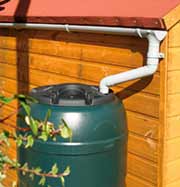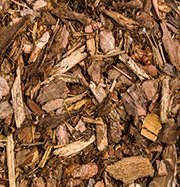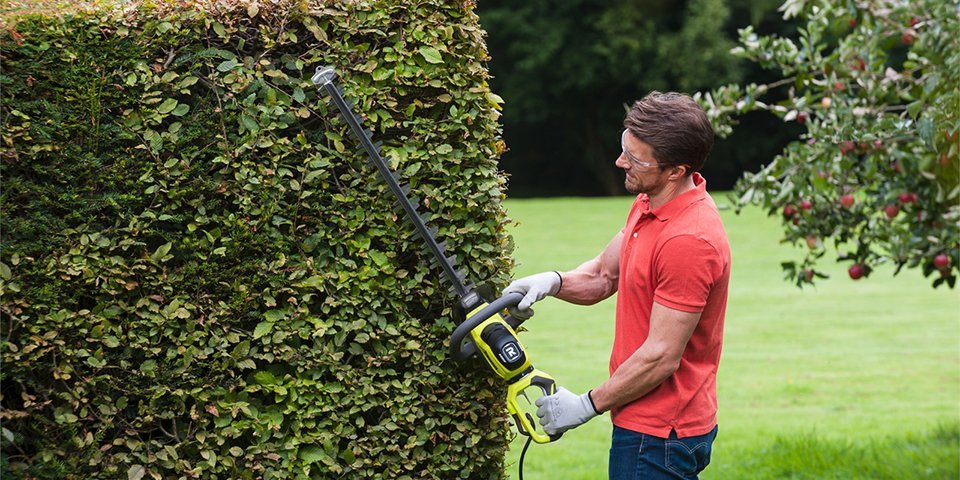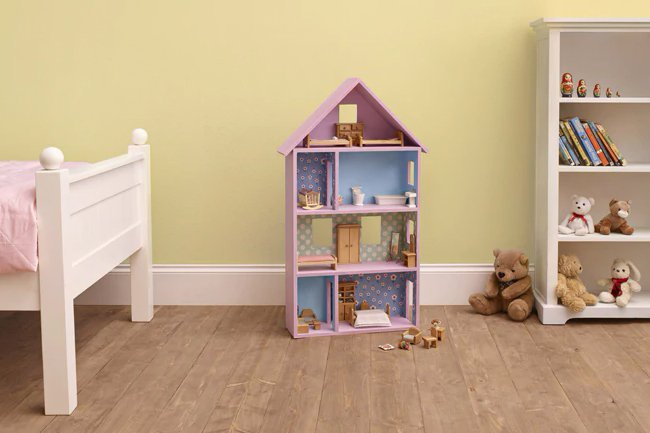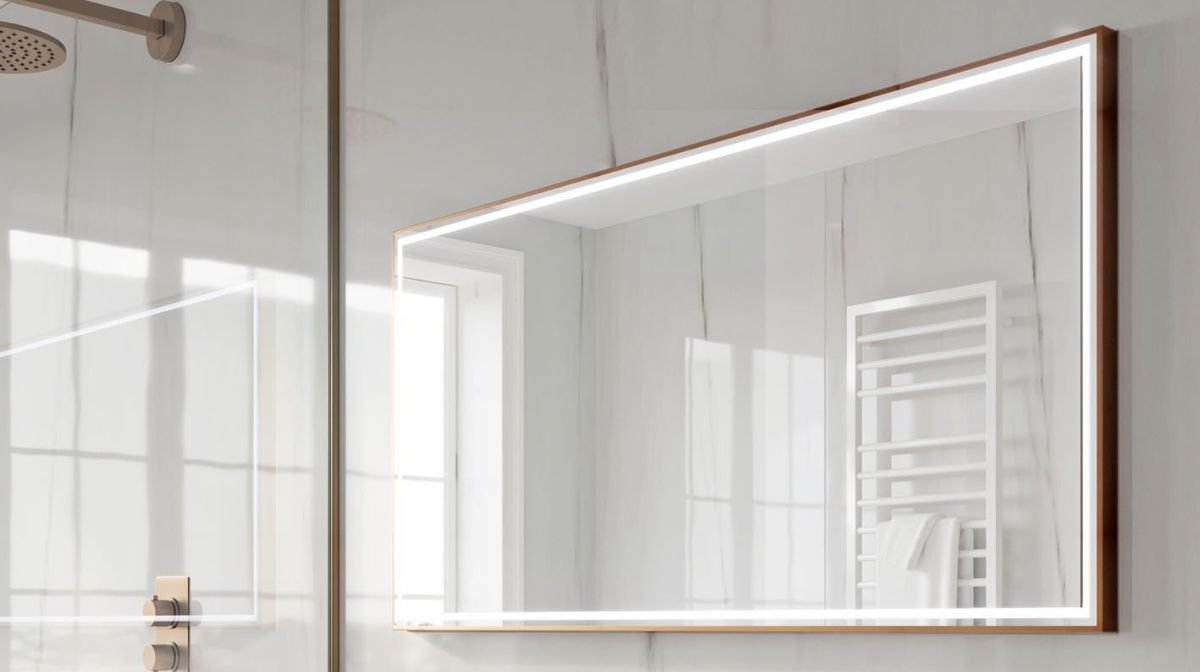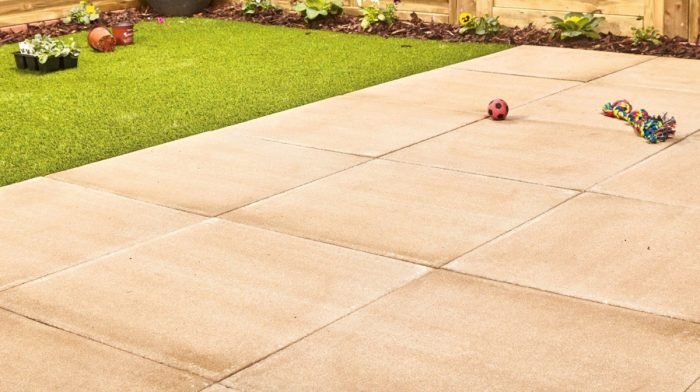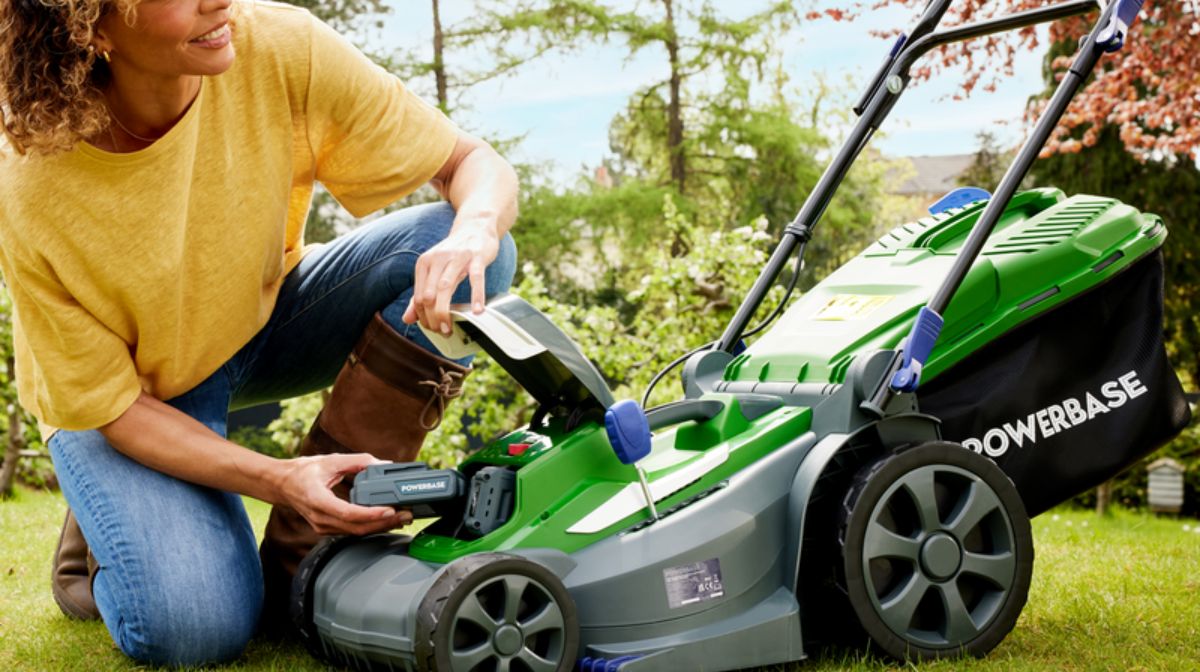A water butt is a plastic tank, connected to the downpipe of your house, that collects any rainwater. The downpipe is attached to your guttering using a rainwater diverter – but you may need to move or install a downpipe to allow for a water butt.
Do I need a water butt in my garden?
Those with large gardens or flower beds can reduce their water usage and bills by installing a water butt. They are incredibly helpful during times of drought or dry weather, providing a low-cost way of watering your garden when it needs it the most. Most houses already have a drain pipe installed so fitting a water butt is quick and simple.
What are the benefits?
- Do your bit to help the environment by collecting rainwater – it’s a simple and effective way to be smarter about your water usage.
- Reduce your water bills as you can feed your plants, in and out of the house, with rainwater.
- Plants will thrive because rainwater contains all the nutrients your garden needs to flourish.
- Some water butts can double up as planters and can make an interesting statement piece in your outdoor space.
- When the summer heats up, and water becomes much more valuable, you’ll still have plenty to use from your water butt even if you are subject to a hosepipe ban.
How to fit a water butt
- Step 1: Place the water butt beside your chosen downpipe. You should opt for one you can easily access. Mark the height on the pipe with a marker, taking care to be accurate.
- Step 2: Use a hacksaw to cut 3cm below the line, using a ruler rather than estimating the length.
- Step 3: Attach a rainwater diverter to the pipe itself before also inserting the cut off section to the bottom of it.
- Step 4: Measure 8cm down from the top of the water butt before drilling a hole there. You can then install the connector by fitting it in the hole and screwing it in place.
- Step 5: Finally, attach the connector to the diverter before closing the lid; the fittings required to do so should come with the water butt itself.
How much water does my garden need?
The amount of water you require to maintain the lawn depends on the size of your garden. It’s been estimated that 24,000 litres of water could be collected, saved and reused from a roof each year. Even dryer areas can benefit from a water butt – simply allow the water to build up and save it for when you need it.
Remember, water stored in butts can be used for a variety of jobs whether you’re filling up an aquarium, watering plants indoors or giving the patio paving a quick rinse.
Things to consider
Decide how much water you want to save and choose a water butt with a capacity that will suit your needs.
Consider the space you have available; water butts are available in a huge variety of styles and sizes.
If you have a small space, think about a slim-line water butt. If the tank will always be in sight, go for something that tones in with the garden such as a tank that also holds plants.
For larger spaces, it might be wise to choose something bigger so that you can take full advantage of any rainfall.
To use water straight from the tank you will need to raise the water butt off the ground so that the tap is easily accessible. A raised area of the garden, such as a wall, is a good place. Alternatively, you can buy a stand which will help you to raise the tank sufficiently.
Looking after your water butt
It’s important to keep a lid on your water butt to prevent any debris or animals from getting into the water. If you do notice anything in the tank, there is no need to discard all of the water. Simply add a few drops of specially created treatment to the water to ensure that it’s suitable to use again.
It’s a good idea to clean your water butt by washing out the debris that may collect in the bottom at least once a year. A handy tip is to use a thin mesh over the end of the downpipe – a pair of tights works well – to make sure nothing gets into the tank in the first place.
Other things to consider
A water butt is perfect for filling buckets and watering cans although the pressure is unlikely to be enough for a hose. You could try connecting an electric pump to the tank to increase the water pressure and then you can use collected rainwater with a hose or pressure washer. With that kind of pressure, you could water the whole garden with a hose or even use the water through the pressure washer to clean your car.



